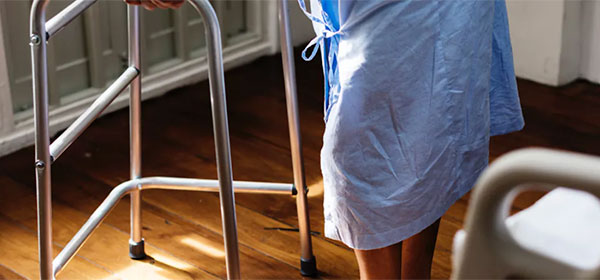Around 3,000 more Australian patients have a complication in their hospital care in January than in other months. Rawpixel.com
by Stephen Duckett, Grattan Institute and Greg Moran, Grattan Institute
January is the quietest month in Australia. But for hospitals, which provide care 24/7/365, January is a time of big transition. And for patients, that means January is when things are more likely to go wrong.
More than 3,000 newly graduated doctors will enter the next phase of their training in January. New nurses and allied health professionals, such as physiotherapists and hospital pharmacists, also join the workforce in January.
These new staff fill the posts vacated by people one year ahead of them in the pipeline. Last year’s first-year-out doctor goes into his second year of training, and his predecessor goes into her third-year role or leaves the hospital to join a new workplace.
These new minds and hands, and the massive reshuffles of existing staff, disrupt hospitals. Old informal networks break down as new relationships are forged, and the less-experienced staff learn the hospital’s processes and expectations.
Read more: Reducing medical errors, one patient at a time
Not surprisingly, this staff disruption has an impact on patient care. Around the world, overblown descriptions of the changeover period as the “killing season” and of doctors’ first day in the UK as “Black Wednesday” have become part of medical folklore.
More sober studies of the “July Effect” (so named in the northern hemisphere) have indeed found evidence of worse patient outcomes during the changeover period.
The graph below shows the trend in complications in Australian hospitals over the past few years. It reveals a small but clear “January Effect”. On average, at least one complication occurs in just under 11% of hospital admissions in Australia. But each January, this rate ticks up by more than half a percentage point.
What goes wrong?
New staff might be less adept at monitoring patients, leading to the patient becoming malnourished. Or the new staff may not have acquired sufficient technical skills leading to an accidental puncture or laceration during a procedure.
Other hospital complications include pressure sores from not moving enough, infections from hygiene breaches, and being given the wrong dose or type of drug.
In January 2015, about 74,000 hospital patients in Australia had a complication of care, about 3,000 more than would have been expected if there were no January Effect. That is 3,000 people suffering complications that might not have arisen had they received care at “normal” times of the year.
What hospitals can do
Although the effect is clear, the causes – and therefore, solutions – are not. Is it the effect of the new doctors and other staff who are inadequately prepared for their new responsibilities? Or is it team disruption? Or is it that senior staff take their leave over January, resulting in weaker supervision just when it is needed most? Probably all of the above.
To the extent the problem is diminished supervision, start dates for new staff could be pushed back a month or so. Perhaps senior staff leave could be more evenly spread across the year.
Read more – Infections, complications and safety breaches: why patients need better data on how hospitals compare
If the problem is poorly prepared junior staff, then a longer and better induction might be the answer. Typically newly graduated doctors now have a one-week introduction, this could be extended or restructured to include more time to be introduced to the specific practices of units they will be joining.
If the problem is disrupted teamwork, the solution might involve better handover and induction processes, either as part of the formal induction period, or as a structured experience when they join their new unit.
Most likely, all facets will need to be improved.
What patients and their advocates can do
The January Effect underlines the fallibility of the people and systems that deliver our hospital care. Australia’s hospital system is staffed by motivated and highly trained people working in well-developed systems, often using state-of-the-art technologies and medicines.
But people can make mistakes, particularly when they are new to a task. Systems can break down. Patients in Australia can take comfort in the safety and quality of hospital care, but they should not assume it is perfect.
Read more: Blaming individual doctors for medical errors doesn’t help anyone
The burden of fixing health system problems should never rest on the shoulders of those with least power – patients and their families and carers. But patients do have a role. Alert and active patients and their families and carers can help identify and prevent errors – and this role becomes slightly more important in January.
Patients often know when they are about to be given the wrong medication, or when their regular medication has been stopped, or when the care they are about to get has not been fully discussed with them so might be wrong. They can speak up and prevent the problem – but too often they feel put down, disempowered and dismissed.
![]() So the simple message for patients is this: if you see something that doesn’t look right, speak up, and speak up again.
So the simple message for patients is this: if you see something that doesn’t look right, speak up, and speak up again.
Stephen Duckett, Director, Health Program, Grattan Institute and Greg Moran, Associate, Grattan Institute
This article was originally published on The Conversation. Read the original article.

